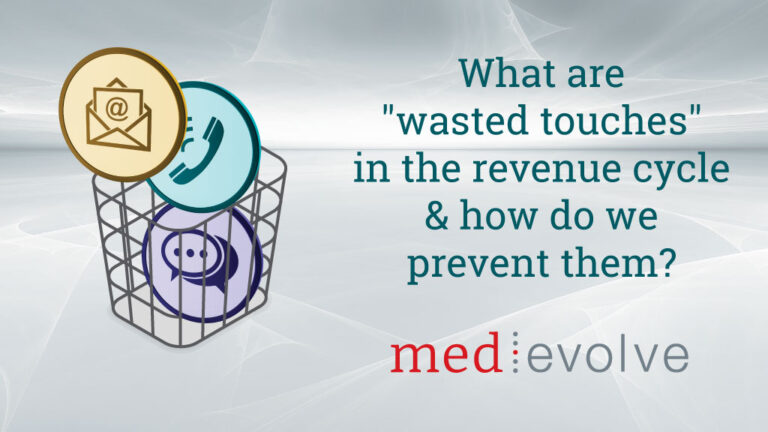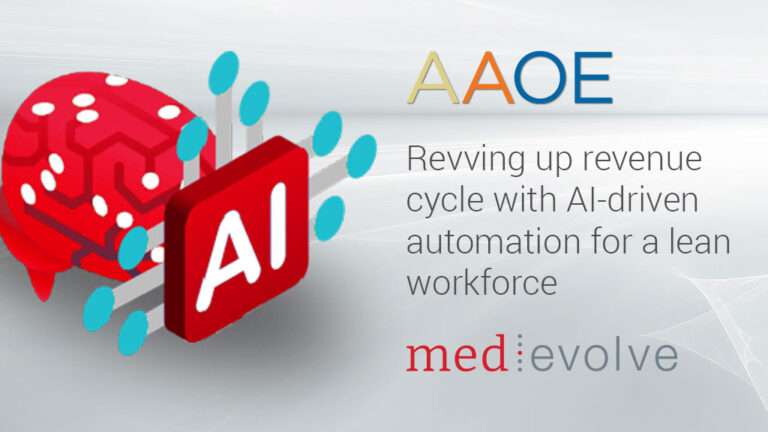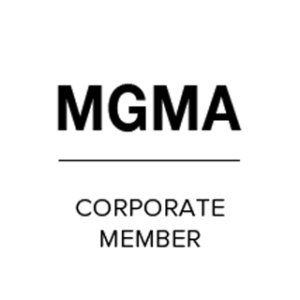What are some of the benefits of Medevolve Workflow Automation?
My name is Gene Austin. I’m the chief executive officer of Columbia Orthopedic Group, a 27-physician orthopedic practice in Columbia, Missouri. For me, it comes down to two words: efficiency and effectiveness. A/R follow up in the medical industry is a hard job. Here’s what we have been able to do with workflow: management sets the priorities, we present the staff with the work, and basically allow them to be as efficient and as effective as they are capable of being. So, it’s made a significant difference for us. We had excellent support and rollout with the MedEvolve team. Change isn’t always readily embraced in our corner of the world, and it probably took about 60 days before some of the folks realized that nobody is after their job. We are really trying to make the staff more efficient and more effective. Once they understood that point, it got a lot of momentum very fast.
How has Workflow helped you communicate with providers?
Certainly the mantra that we’ve had for this year with all of its other challenges is that we want complete transparency and complete confidence in our revenue cycle management processes. If the physician has 30 or 40 patients that they’re going to see that day, they will instantly see those account balances. They can ask, “What’s the status of this?” regardless of the fact that the A/R follow up team may be looking at thousands of balances. From a physician standpoint, there are 30 or 50 that really matter today, and those are the ones that are right in front of him. So in terms of developing that transparency and that confidence in the process, I think workflow has been a very impressive tool in helping us move down that path farther than where we were before.
How do you track quality, productivity, and effectiveness of your billing staff?
As we talked about a transition to a more remote workforce, the biggest thing that has enabled us is just the whole idea of metrics. When we started sending staff home a couple of years ago, we had physician push back from the standpoint of “How do we know what they’re doing?”, and the response was, “What they’re doing when they’re in the office.” They would reply, “Well, at least I can see them and they look busy”, but looking busy is not a substitute for being productive. One of the things that workflow has helped us to do is identify those metrics and measure those activities and behaviors that are efficiencies. So it’s not just a matter of somebody saying “Look busy! Here comes the boss!”, but to help us identify, measure and manage our staff.
When you you become highly efficient, it’s good for the practice, and ultimately, it’s good for the individual employee. What’s been very helpful for us is to further that metric development in terms of what the tools and vocabulary are, so we can sit down with physicians and very comfortably say that whether somebody is around the corner or on the other side of town, that we know exactly what they’re doing. We have a much better handle on employee efficiencies and productivity than we ever have in the past.










